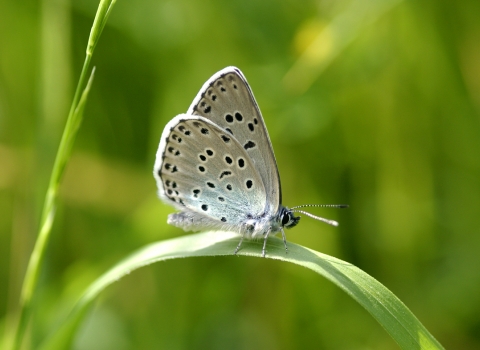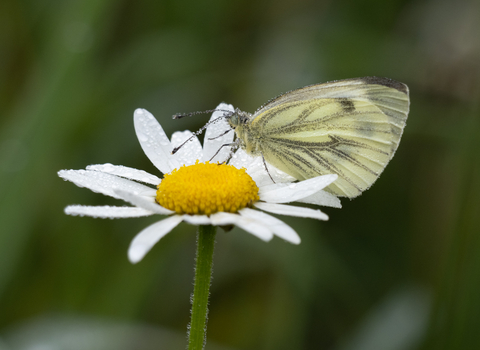Siccaridge wood (c) Nick Turner
Siccaridge Wood
Location
Know before you go
Dogs
When to visit
Opening times
Open access throughout the yearBest time to visit
March to June, January to DecemberAbout the reserve
Siccaridge Wood and Sapperton Valley offer a diversity of habitats within a relatively small area. A huge variety of tree species from silver birch and hazel to pedunculated and field maple offer refuge to birds, insects and mammals alike.
The woodland supports a sizeable population of dormice, numbers of which are monitored monthly as part of the National Dormouse Monitoring Scheme. Coppicing is an important part of the management strategy for Siccaridge Wood, which allows light to flood the woodland floor. This increase in light and more open glades, also known as ‘rides’, which encourage wildflowers to flourish and attracts butterflies. Along with wildflowers, the woodland floor is also dotted with the large, mounded nests of wood ants. The River Frome, a section of the derelict Thames and Severn Canal and flood meadows lie to the south of the woods and has now become part of a wilder landscape.
Siccaridge comes from the old English words sicor hyreg, which means ‘secure, safe ridge’. The coppiced woodland at Siccaridge Woods continues a tradition dating back many centuries, through which stems of hazel are cut back to a stump every few years. In days gone by the harvested wood was used for woodland products such as fencing stakes and the ‘heatherings’ which bind stakes together in hedge laying. Subsequently new shoots would emerge, which in turn would be cut back after a few years.
Historical records of Siccaridge Wood date back to 1576, at which time it was known as ‘Sickeridge Coppice’ and belonged to the Lord of the Manor of Bisley. It was acquired by the Bathurst Estate in 1861 and adopted by GWT in 1966.
Visitors are asked to keep to paths within the reserves to avoid trampling wildflowers and away from dormouse boxes.
Species
Walking trails
There are a number of paths that run through Siccaridge Wood, with benches available to sit and take in the woodland noises and wildflowers in spring.
The ridgetop path is most colourful in spring, when bluebells carpet the woodland floor. This path leads to a more open area before leading north to a bench and a viewpoint.
The path leads to a four-way junction. The north path leads to Holy Brook, the south path then heads east to become a circular route back, while the path directly ahead drops down to Whitehall Bridge.
Several short paths lead down into Sapperton Valley.
Looking after woodland wildflowers
We'd like everyone to be able to enjoy the woodland wildflowers like wild garlic, lily-of-the-valley and bluebells for generations to come, by sticking to the paths you are ensuring the spectacle will be there for future generations.
You are welcome to take your dog off their lead in places, but please do be mindful of other visitors and the wildflowers in spring.


